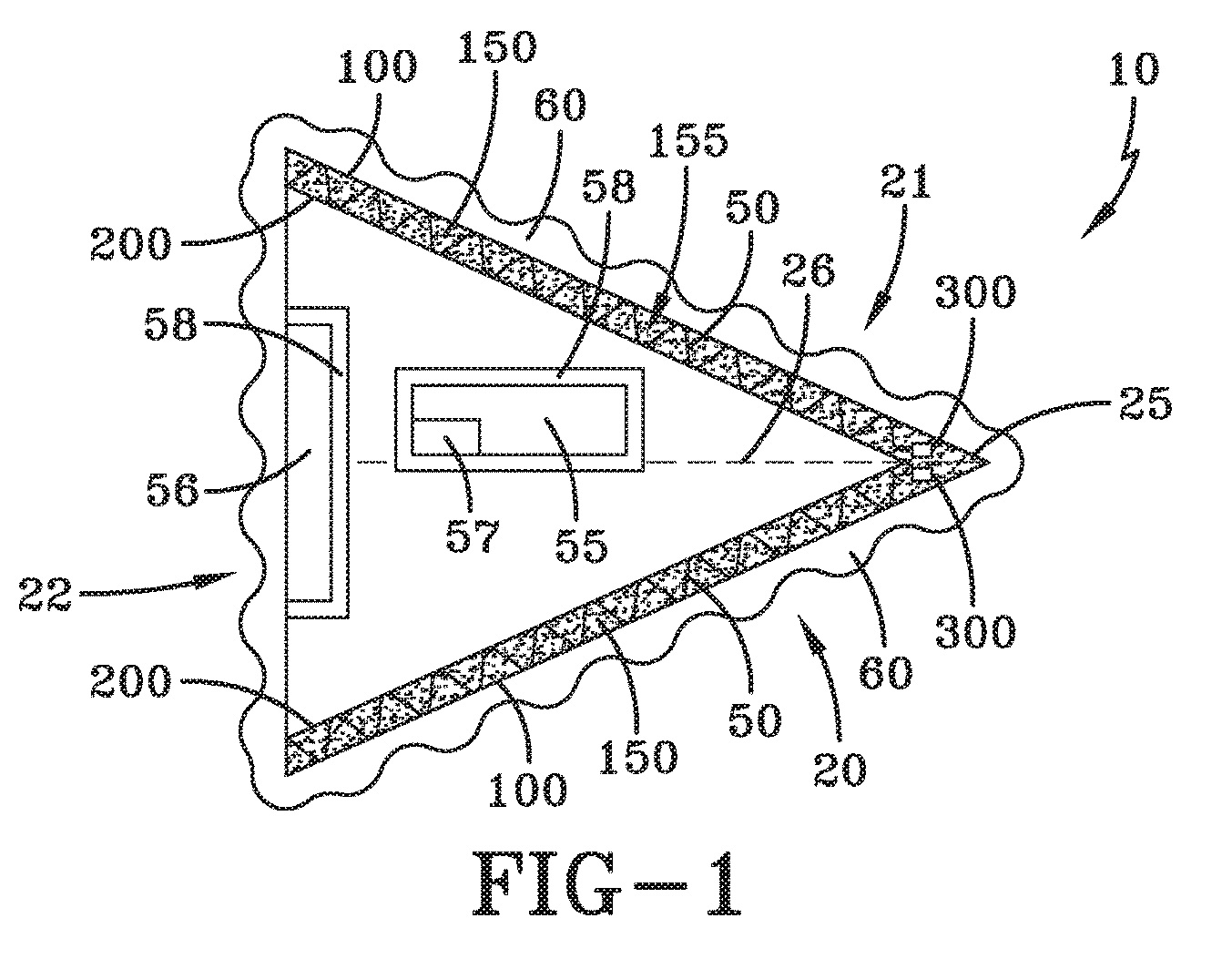
The Navy just received a patent on flying saucer technology. No, I don’t mean a circular wing that flies like every other aircraft. I mean a craft that relies on laws of physics that neither Newton nor Einstein would recognize.
The patent, by Navy inventor Dr. Salvatore Pais, describes what is literally anti-gravity technology, referred to in the patent as ‘repulsive gravity’ (Pais patent, column 2, line 17) and that could result in faster-than-light travel (Pais patent, column 4 lines 8-34] and frictionless travel through water (Pais patent column 7 lines 32-37.
The USPTO examiner rejected the application because, from the equations, the required magnetic field intensities are six orders of magnitude greater than that ever created (presumably by humans) and three orders of magnitude greater than that of a neutron star. The examiner concluded that the invention is not possible using current technology, that the application did not disclose how the Navy intended to reach those magnetic field intensities and therefore the application does not meet the ‘enablement’ requirement.
The ‘enablement‘ requirement demands that every U.S. patent application must contain enough information so that a person knowledgeable in the art can make and use the invention without ‘undue experimentation.’ Although not cited by the USPTO examiner, patent applications also must meet the ‘written description‘ requirement. The written description requirement is separate from enablement and means, generally, that a patent applicant must adequately describe the invention to demonstrate that the inventor has actually invented the invention and actually possesses the invention. Hoping that an important aspect of an invention may be developed at some time in the future is not a ‘written description’ of the invention.
In an appeal brief, the Navy relied principally on papers by Dr. Pais published after the application was filed, upon a statement a Navy research official that the inventor is working on the problem, and by a conclusory affidavit by the same Navy official to argue that the invention is possible and enabled. Of interest, a memo from the same Navy official admitted that “…this mode of acceleration/movement is beyond the state of the possible, at least at present.” The USPTO caved and issued the patent.*
The new patent begs two questions: (1) why did the Navy apply for a patent at all rather than simply keeping the technology secret, and (2) why did the USPTO issue a patent that the Navy admits is ‘…beyond the state of the possible?’
The stated reason for protecting the invention by patent, from the Navy research official, is that:
China is already investing significantly in this area and I would prefer we hold the patent as opposed to paying forever more to use this revolutionary technology.
The U.S. patent is now issued and can be read by everyone, including the Chinese. So the point in tipping the U.S. military’s hand to a valuable military technology is to avoid license fees for a possible U.S. patent originating from China? Hmmm.
Patent applications that have national security implications can be the subject of a ‘secrecy order‘ and effectively suppressed. The Navy can prevent any Chinese patent application from becoming an effective U.S. patent by obtaining a secrecy order for the application. Alternatively, the Navy could rely on Dr. Pais’ publications of his theories, which are prior art for any patents by any inventor, including a Chinese inventor. The stated reason for the Navy filing for the Pais patent makes no sense.
So why did the Navy apply and why did the USPTO grant the patent? That’s a head scratcher. Maybe it’s because it provides something, anything, to explain the UFO sightings by the U.S. military over the last few years. Maybe the Russians or the Chinese already have vehicles with impossible capabilities and are buzzing the U.S. coasts. If nothing else, the Pais patent will give UFO theorists something to talk about for years.
*Kudos to Navy patent lawyer Mark O. Glut of Patuxent River, MD, for convincing the USPTO to issue the Pais patent. It was quite an achievement.
— Robert Yarbrough, Esq.

